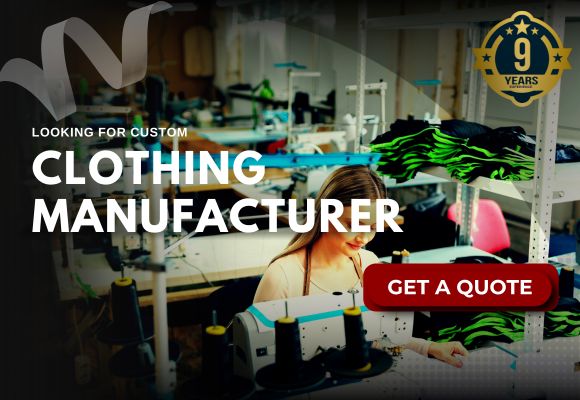Faux leather is changing fashion, and furniture design as well as impacting the automotive industry. It is cost-effective, does not harm animals, and is visually appealing. Did you know, however, that there are many types of faux leather, each with its own perks?
Some types of faux leather retain their shape better than others, some are more friendly to the environment, and some come closer to the look of real leather to the extent that it becomes almost impossible to differentiate. Selecting the right kind of faux leather types plays a significant role whether you need it for fashion, upholstery, or accessories.
Let’s go over each different types of faux leather along with its share of pros and cons to help make your decision a little easier.
Table of contents
- What is Faux Leather?
- Types of Faux Leather (With Pros & Cons)
- Polyurethane (PU) Leather
- Polyvinyl Chloride (PVC) Leather
- Microfiber Leather: The Most Advanced Option in Types of Faux Leather
- Cork Leather
- Recycled Leather: A Sustainable Choice in Types of Faux Leather
- Faux Leather from Plants
- Waxed Canvas: A Durable Option in Types of Faux Leather
- Silicone Leather
- Bio-Fabricated Leather
- Conclusion
- FAQs
What is Faux Leather?
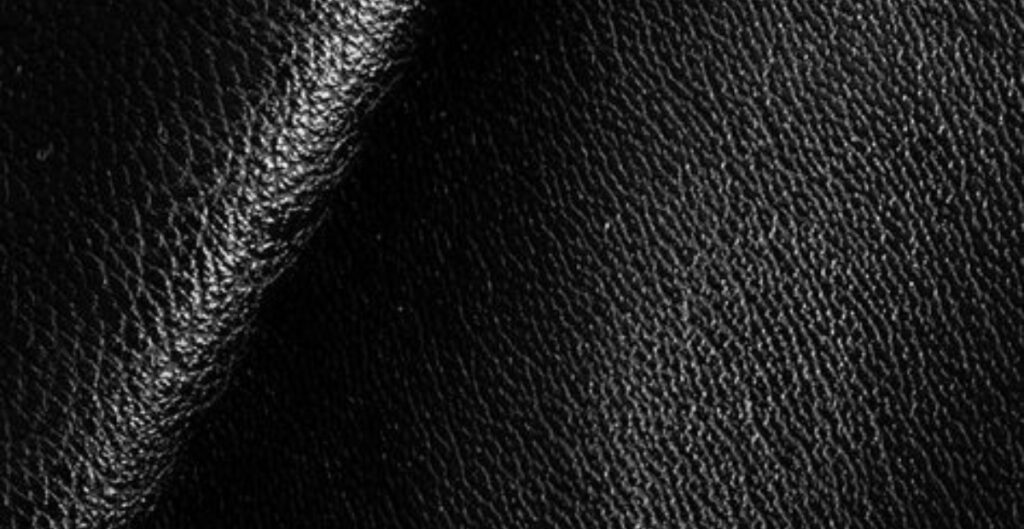
Faux leather is exactly what it sounds like. Also called vegan leather or genuine leather, it is a type of fake leather that is made out of plant materials, plastics, or even recycled cloth, designed to look and feel like animal hide leather.
Why Choose Faux Leather?
- Faux leather costs less money than real leather.
- Faux leather has a longer shelf life and requires less care as it doesn’t develop cracks as easily.
- Faux leather can be produced in different shades and patterns.
- Faux leather is more environmentally friendly since it can be made from plants and other recycled materials.
Let’s check out the various types of faux leather and their advantages and disadvantages.
Types of Faux Leather (With Pros & Cons)
Everyone has their preferences when it comes to faux leather. While some appreciate durability, some tend to value more eco-friendly options.
| Type of Faux Leather | Main Advantages | Main Uses |
|---|---|---|
| Polyurethane (PU) Leather | Soft, flexible, breathable, affordable | Fashion, upholstery, automotive interiors |
| Polyvinyl Chloride (PVC) Leather | Waterproof, durable, fire-resistant | Furniture, industrial applications, automotive interiors |
| Microfiber Leather | Highly durable, soft, water-resistant | Luxury handbags, shoes, car interiors |
| Cork Leather | Eco-friendly, lightweight, biodegradable | Bags, wallets, footwear |
| Recycled Leather | Eco-friendly, reduces waste, retains real leather texture | Upholstery, accessories, sustainable fashion |
| Plant-Based Faux Leather | Sustainable, biodegradable, vegan | Eco-friendly fashion, handbags, accessories |
| Waxed Canvas | Durable, water-resistant, breathable | Bags, jackets, work gear |
| Silicone Leather | Non-toxic, UV-resistant, extremely durable | Medical applications, automotive interiors, upholstery |
| Bio-Fabricated Leather | Lab-grown, sustainable, highly customizable | Luxury goods, high-end fashion |
Polyurethane (PU) Leather
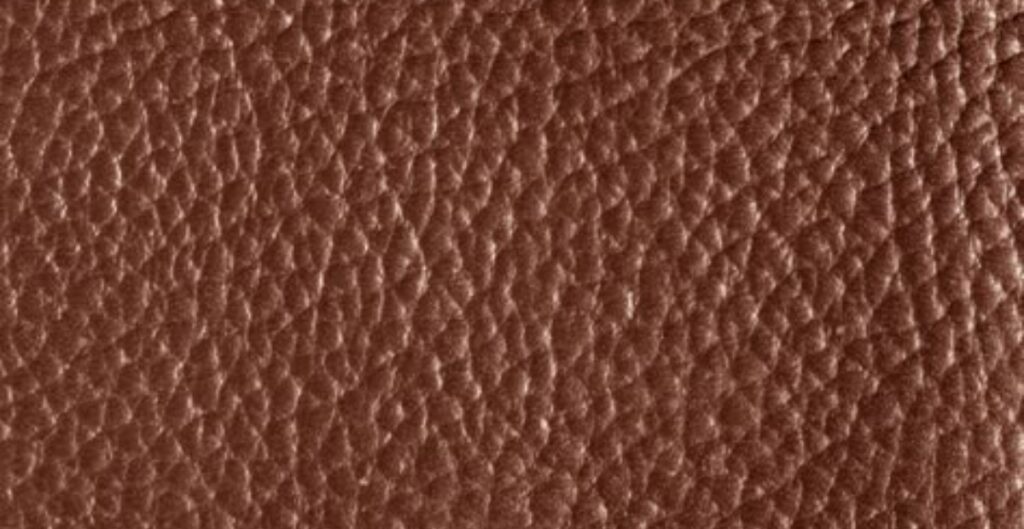
PU leather is one of the most used options out there. The reason is its flexible and soft texture, which comes from fabric coated in polyurethane.
Advantages:
- Cost friendly and available for everyone
- Used in fashion, car interiors, and upholstery
- Soft and lightweight
- Has a greater breathability than PVC leather
Disadvantages:
- Easily damages over time and less durable than real leather
- Not completely biodegradable
Polyvinyl Chloride (PVC) Leather
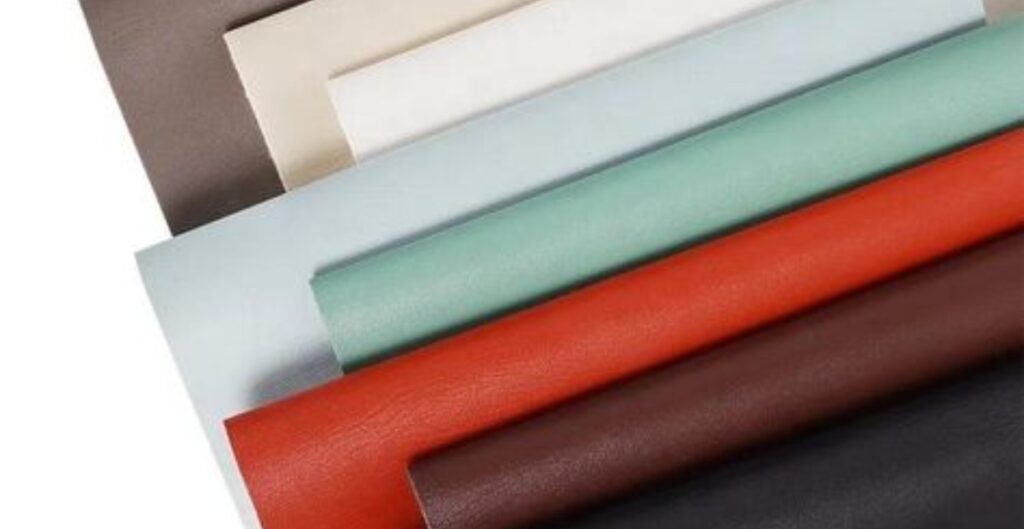
PVC leather is another common types of faux leather, made out of plasticized polyvinyl chloride. It is waterproof and durable so some people would prefer this over other options as it serves multi purposes.
Advantages:
- Great for cleaning and maintaining
- Used for furniture, cars interiors, and industial needs
- Long lasting and resistant to fire
- Completely waterproof
Disadvantages:
- Not so flexible as PU leather
- Quite stiff and artificial feel
- Not good for the environment
Microfiber Leather: The Most Advanced Option in Types of Faux Leather
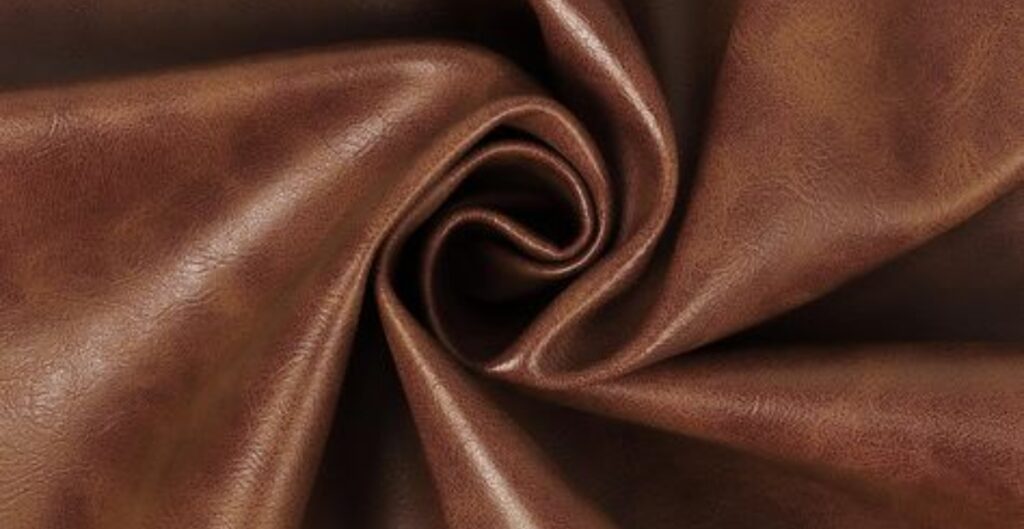
Microfiber leather is the most sophisticated of faux leathers. In fact, ultra-fine synthetic micros are carefully used to perfectly mimic real leather, making it nearly indistinguishable from the genuine material.
Advantages
- Has an impeccable resistance to wear and tear
- Soft, breathable, and lightweight
- Easy to clean, and resistant to water
- Used in luxury handbags, shoes, and car interiors
Disadvantages
- More expensive than PU and PVC leather
- Still made from synthetic materials
Cork Leather
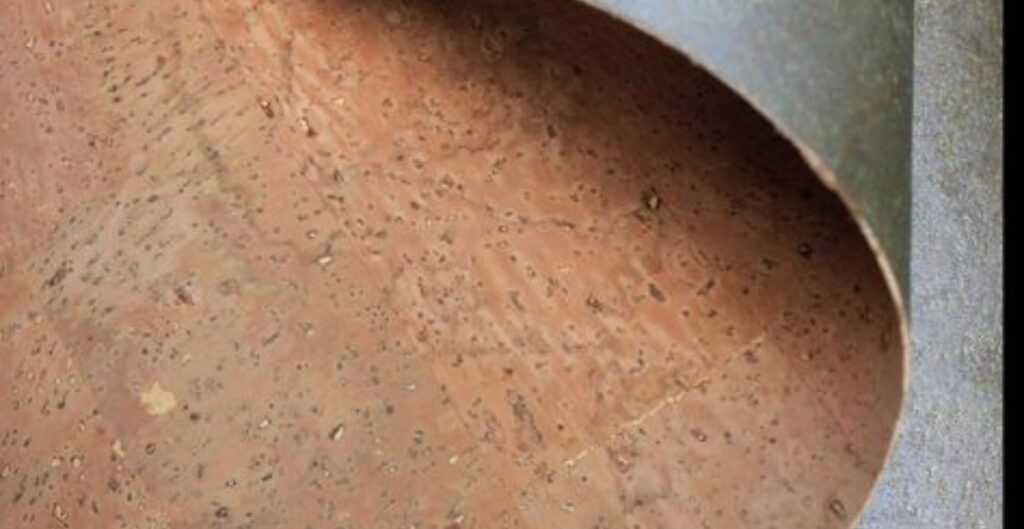
Cork leather is a natural and environmentally friendly type of material. Moreover, it is made by carefully harvesting the bark of the cork oak tree, which makes it quite sustainable.
Advantages
- Biodegradable and sustainable
- Lightweight, and is resistant to water
- Hypoallergenic, and breathable
- Used in bags, wallets, and footwear
Disadvantages
- Not as flexible as PU leather
- Can be less durable over time
Recycled Leather: A Sustainable Choice in Types of Faux Leather
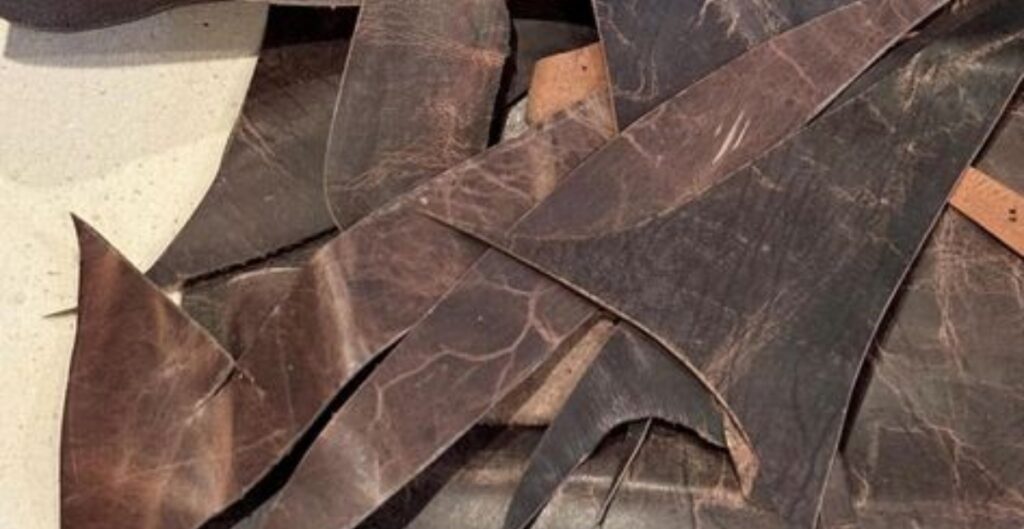
Recycled leather is an eco-friendly alternative because it is made from discarded leather. As a result, it is a perfect option for reducing waste.
Advantages
- Eco-friendly, and outer waste from landfills
- Some of real leather’s qualities are retained
- Soft texture
- Used in upholstery, bags, and in fashion accessories
Disadvantages
- Not 100% Vegan (Contains real leather scraps)
- Is not as durable as full grain leather
Faux Leather from Plants
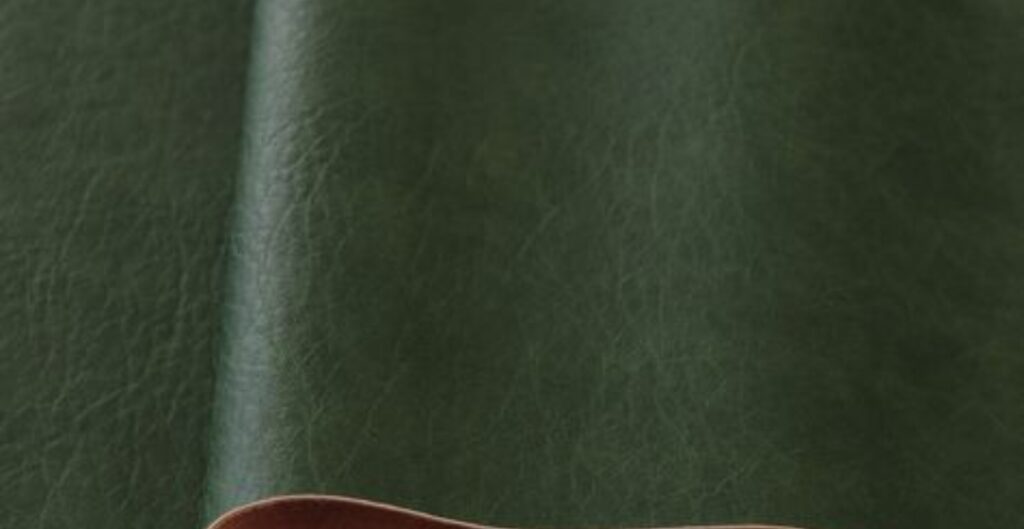
This group consists of non-leather plant based products such as:
Piñatex (Pineapple Leather) – created from the leaves of pineapples.
Apple Leather – created from the waste peels of apples.
Mushroom Leather – created from vegetative tissue of mushrooms fungi.
Advantages:
Supports sustainability and will naturally decompose.
Does not use animal products and free from animal-testing.
Supports eco-friendly fashion and accessories.
Disadvantages:
- Limited in supply.
- Less strong than PU leather.
Waxed Canvas: A Durable Option in Types of Faux Leather
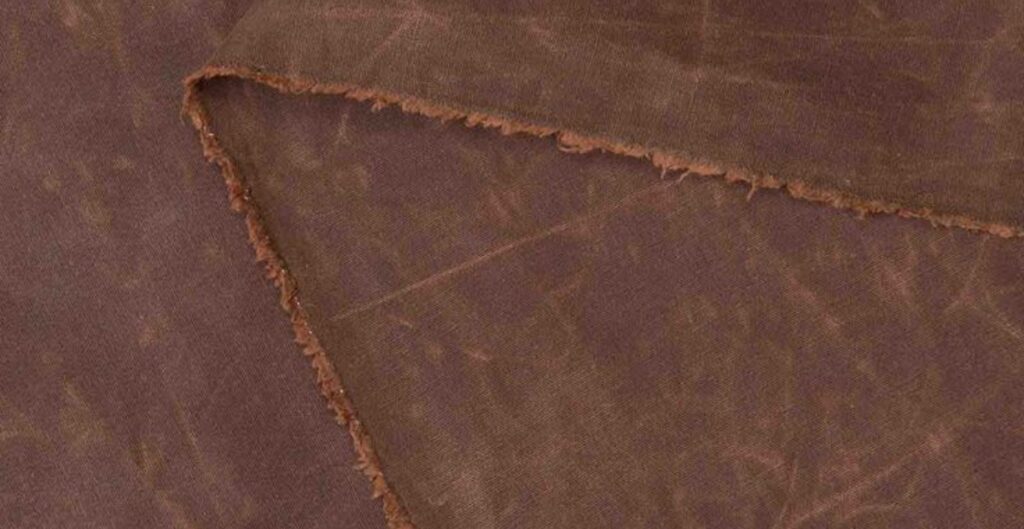
Waxed canvas is another fabric that can be used alternatively to leather. It is produced by waxing and thereby waterproofing cotton fabric and making it more durable.
Advantages:
- Highly resistant to harsh weather and very strong.
- Lighter in weight and permits passage of air.
- Has a nice old look after some years.
- Used in bags, jackets, and work gear.
Disadvantages:
- Not as supple as real leather.
- Can loose color and become worn.
Silicone Leather
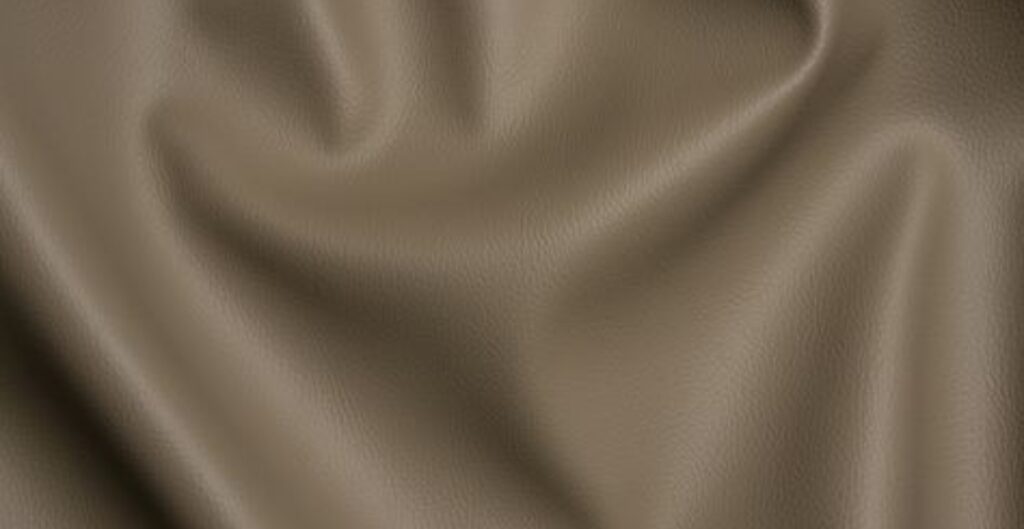
Silicone leather is a flexible synthetic material that is non-hazardous. Therefore, it can be widely used in the medical and automotive industries.
Advantages:
- No allergens and harmful chemicals are included
- Shielded from UV rays and waterproof
- Highly flexible and durable
Widely used in automotive, premium upholstery, and healthcare industries
Disadvantages:
- Priced higher than PU leather
Bio-Fabricated Leather
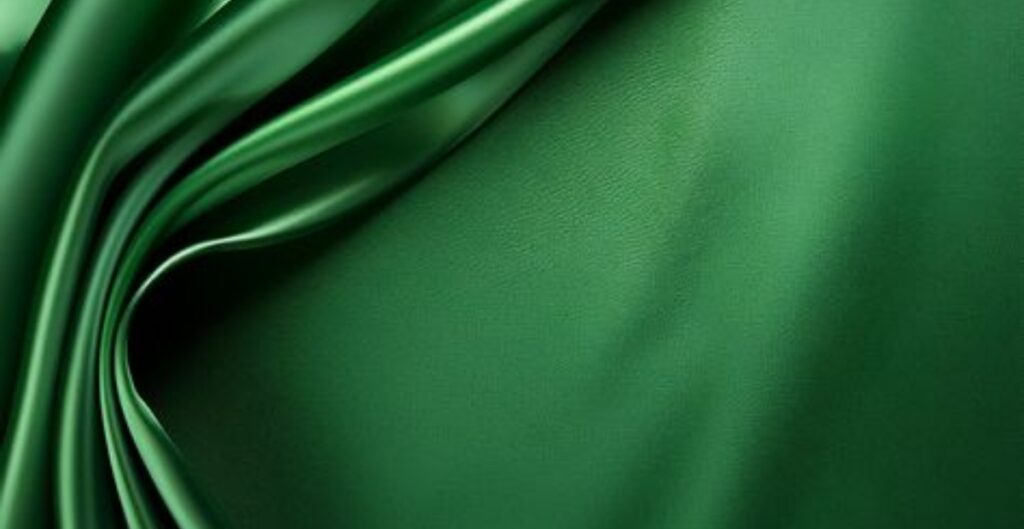
Bio-fabricated leather is a type of leather surgically grown using bioengineering techniques. Consequently, it simulates the feel of real leather while being sustainable in every way.
Advantages:
- Can be made in any color and texture
- Has the ability to break down naturally and does not inflict cruelty
- A future innovation for high fashion and luxurious goods
Disadvantages:
- Restrictively priced and not common enough
Conclusion
Today, faux leather stands out as a smart and sustainable option, and it is no longer viewed merely as a cheap alternative. From PU, cork, and eco-friendly leather to futuristic bio-fabricated leather, there is truly a perfect option for everyone!
Which type of faux leather do you prefer? Let us know in the comments section below.
FAQs
Faux leather is cheaper, cruelty-free, and easier to maintain, while real leather is more durable and develops a patina.
Microfiber and silicone leather are the most durable.
PVC and silicone leather are waterproof; PU and microfiber leather are water-resistant.
Plant-based, cork, bio-fabricated, and recycled leather are the most sustainable options.


